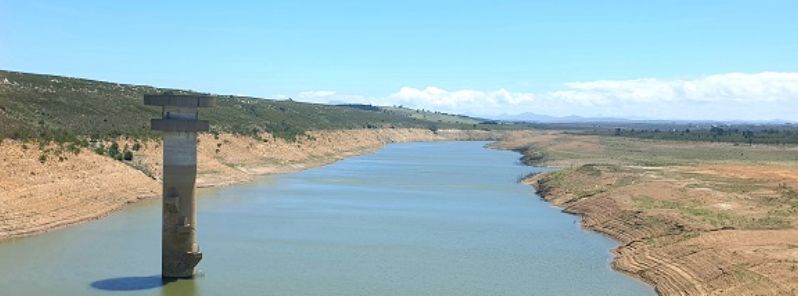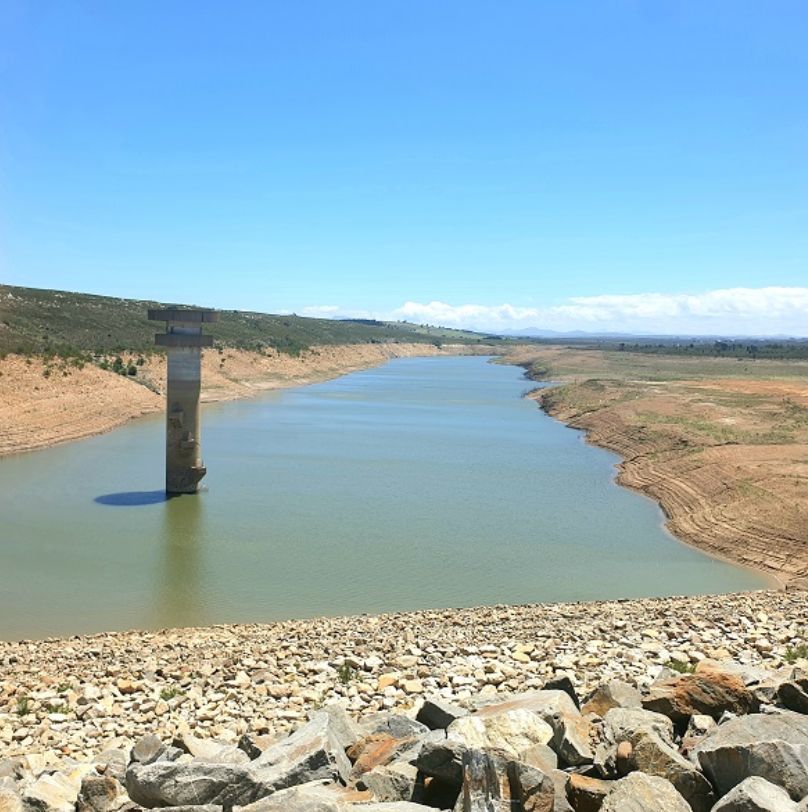2019 among Eastern Cape’s worst rainfall years in 120 years; extreme flood overdue and should be expected, South Africa

The Port Elizabeth office of the South African Weather Service released the official rainfall figures for 2019, and it showed that the western half of the Eastern Cape province suffered from one of the worst rainfall years in 120 years, with almost every station registering record lows. History of the region shows that severe droughts such as these are almost always broken by an extreme flood.
Garth Sampson, client liaison officer at Eastern Cape South African Weather Service said, "this area received an average of only 57% of its average total annual rainfall, with Grahamstown being the worst at 46%."
"The Eastern half of the Eastern Cape faired must better be receiving 78% of its yearly total with Dohne receiving the lowest at 53%of its total."
2019 was one of the worst rainfall years in over a century, along the south coast and particularly the Nelson Mandela Bay Metropolitan area, Sampson pointed out. "The 2019 rainfall records paint a sad picture of the state of the water situation that faces the metro. The list of records that have been broken is as long as an arm."
"The end of the second decade of the 21st century was almost an exact repeat of the start of the second decade of the 20th century. 110 years ago– in 1920, the lowest total annual rainfall of 349 mm (143.7 inches) was measured at the then Driftsands Forestry station, which is in close proximity of the present Airport's rain gauge. 110 years later, in 2019, the Airport recorded the third-lowest figure in the history of 395 mm (15.5 inches)."

Image credit: Nelson Mandela Bay Municipality
Furthermore, Sampson said 2019 was thus one of the only three years that saw a yearly overall of under 400 mm (15.7 inches). Those years were 1920 at 349 mm (13.7 inches), 1927 at 393 mm (15.4 inches), and 2019.
"What makes the 2019 record even more significant is that the 1920 and 1927 records occurred in-between wet periods, whereas 2019 occurred in a prolonged dry period," he explained.
"In fact, the last four years (2016 to 2019) was the first time in history that four consecutive years have recorded under 500 mm (19.7 inches). Added to that, the last two years appear in the top 10 list of record lows, with 2018 at position seven and 2019 at position three."
He continued, "An even scarier statistic is that no less than 4 record lows occurred in the last 20 years, these being 2019 at third, 2008 at fourth, 2010 at fifth, and 2018 at seventh."
Sampson answered whether 2019 was the worst drought on record, saying, "If we look at the first seven years of the drought after the 1981 floods, the average rainfall was a mere 512 mm (20.1 inches) compared to the long term average of 626 mm (25 inches). After the heavy rains of 2012, the next seven years to date yielded an average of 519 mm (20.4 inches). One would thus think that the 1980/90's drought was worse, viewing the figures."
For the rest of the season up to April 2020, Sampson added that below-average rainfall is forecast.
Sampson warned the public that the province is in the height of drought and people must be constantly aware of the importance of using water moderately.
"However, as the history of the region shows, these droughts are almost always broken by a flood. Considering that we are well overdue for a flood of the proportion of 1908, 1968 and 1981, coupled with the warnings of the advocates of climate change, a serious extreme event is on the horizon. When exactly is the big question."
The key is to be prepared, he emphasized.
Featured image credit: Nelson Mandela Bay Municipality

Commenting rules and guidelines
We value the thoughts and opinions of our readers and welcome healthy discussions on our website. In order to maintain a respectful and positive community, we ask that all commenters follow these rules.